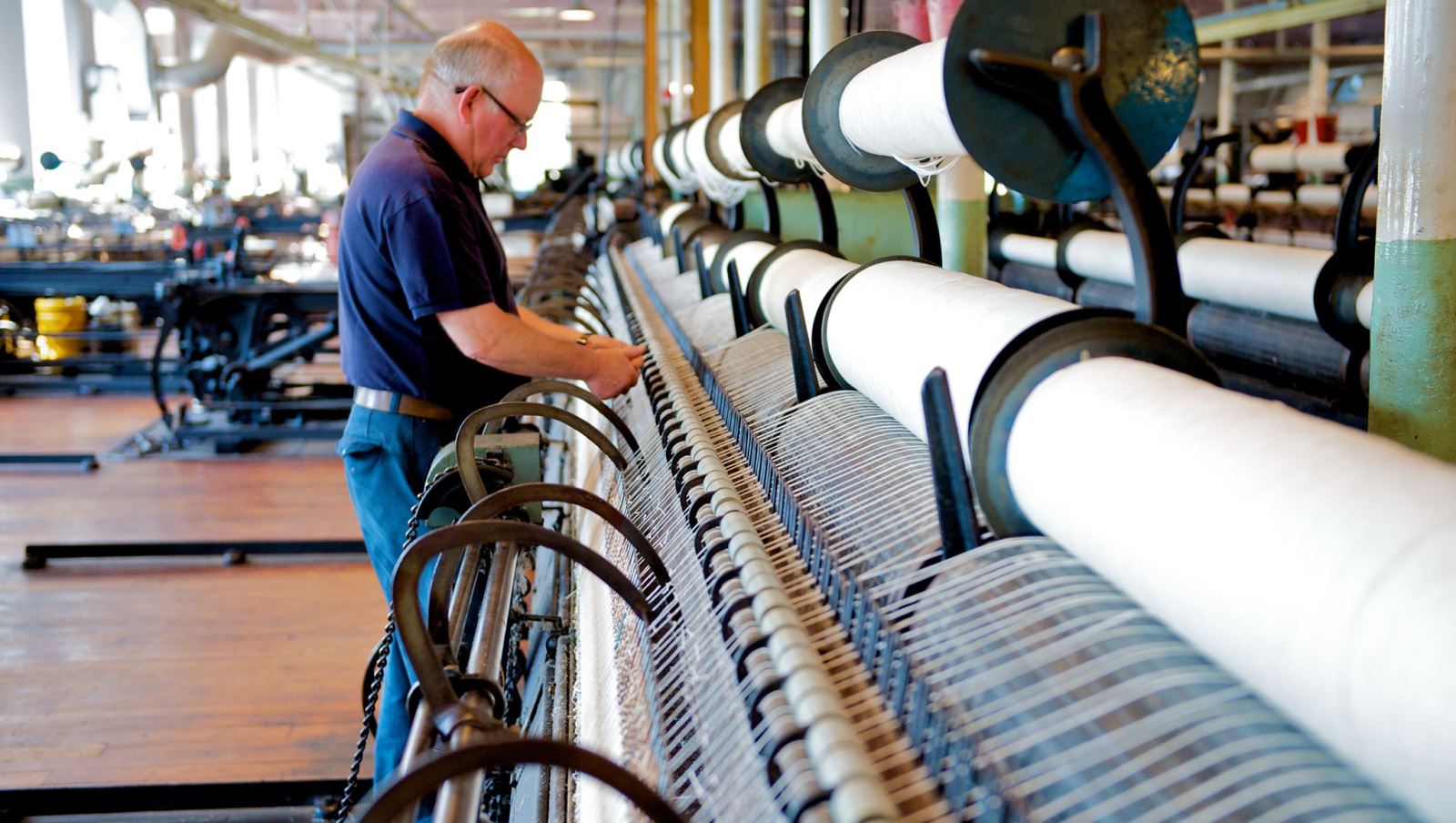
This week sees the start of the annual Heritage Open Days, bringing together over 2,500 organisations across 5,000 events manned by 40,000 volunteers nationwide. This celebration of heritage brings to the forefront some incredible buildings and the stories within their walls.
In Lancashire we are blessed with a rich history. From the Wars of the Roses, to the Pendle Witch Trials of 1612, the clash of Parliamentarian and Royalists in the civil war, the Jacobite Rebellion and the birth of the industrial revolution, Lancashire has played a huge part in shaping the nation.
The earliest records of our region come from Roman times, when towns and cities grew around Roman forts. To this day you can still visit the remains of the Roman Bath House in both Ribchester and Lancaster. Lancaster Castle is built on the site of the Roman Fort, enjoying a prime position overlooking the Rive Lune.
Later, Saxon settlements were founded with villages, towns and cities baring names that derive from Old English language such as Burnley – Ley meant clearing so this would be the clearing by the river Brun, Preston – ton meaning farmstead or Village so the name was likely derived from “priest’s farmstead” and bury, as in Samlesbury, meaning a “fortified place”. While this period saw the growth of these villages and towns, there is little that remains physically from the period, however a walk to Heysham’s Saxon graves and chapel are a must visit, not only for their historical importance but for their outstanding viewpoint over Morecambe Bay. There’s also an excellent pub in Heysham, The Royal, which is perfect for some restorative refreshments.
Next came the Vikings, and settlements sprung up around the county, often marked by a cross. You can find evidence of Viking influence to this day in Halton, Whalley and Haslingden. The most well-known indication of Vikings taking residence in an area is the burial of silver; with one of the largest Viking hoards ever discovered in the UK being right here in Silverdale.
It was during the medieval period when the initial borders of Lancashire were established in 1182. This period also saw the Cistercian Monks establish abbeys such as Whalley and Sawley Abbey along with Lancaster Priory. Manor houses started being built too; such as Warton Old Rectory, which is now a ruin, Gawthorpe Hall, Rufford Old Hall and Samlesbury Hall which is truly unique visitor experience celebrating its 700th anniversary in 2025.
Some of Lancashire’s grandest houses and halls hold some incredible stories, including the knighting of Sir Loin at Hoghton Tower. Browsholme, Hoghton and Leighton are still family homes and have passed through generations and display wonderful possessions created by world renown artists and craftsmen alike. You may even bump into the owners and their children of the house whilst enjoying a guided tour.
The county has found itself thrust into civil war, been the epicentre of the 1612 Pendle Witch Trials and in the centuries that have followed, been the birth place of the industrial revolution, with cotton mills springing up in many towns and cities. The mills relied on the rivers and streams in the moors to produce power for the smaller mills and later larger steam mills were built on flat land. Queen Street Mill and Helmshore Mills provide the perfect opportunities to immerse yourself in this era.
With the rapid expansion of the mill towns came the need for more recreation spaces for the workers in the county, and towards the late 19th and early 20th centuries, we started seeing parks opening up as large pockets of land were gifted for the benefit of everyone, like Astley, Cuerden Valley and Williamson Parks to name a few.
Our seaside resorts of Blackpool and Morecambe benefitted greatly from the annual mill shutdowns across the North, with winter gardens’, theatres, and the iconic Blackpool Tower opening to provide entertainment for visitors and continuing to do so to this day.
There’s loads of events happening across Lancashire for Heritage Open Days, you can explore everything from Castles and Cold War bunkers, to factories, churches, crypts and windmills.
Check out some Lancashire’s Heritage Open Day events here for some of the highlights, or here for a full list.
 to add an item to your Itinerary basket.
to add an item to your Itinerary basket.










https://www.instantassignmenthelp.com/write-my-assignment